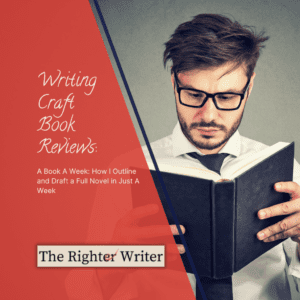
Writing Craft Book Reviews: A Book A Week
Fourth and last (for now!) in our series of book reviews featuring Kindle Unlimited books that explain ways to outline a novel. Let’s get ready for NaNoWriMo!
I'm an affiliate.
Some of the links on this page are affiliate links, but the opinions in my posts are my own, and I only mention products that I like and use myself. As an Amazon Associate, I earn from qualifying purchases. What that means is that if you click one of the links on my site and make a purchase, I might recieve compensation at no extra cost to you.
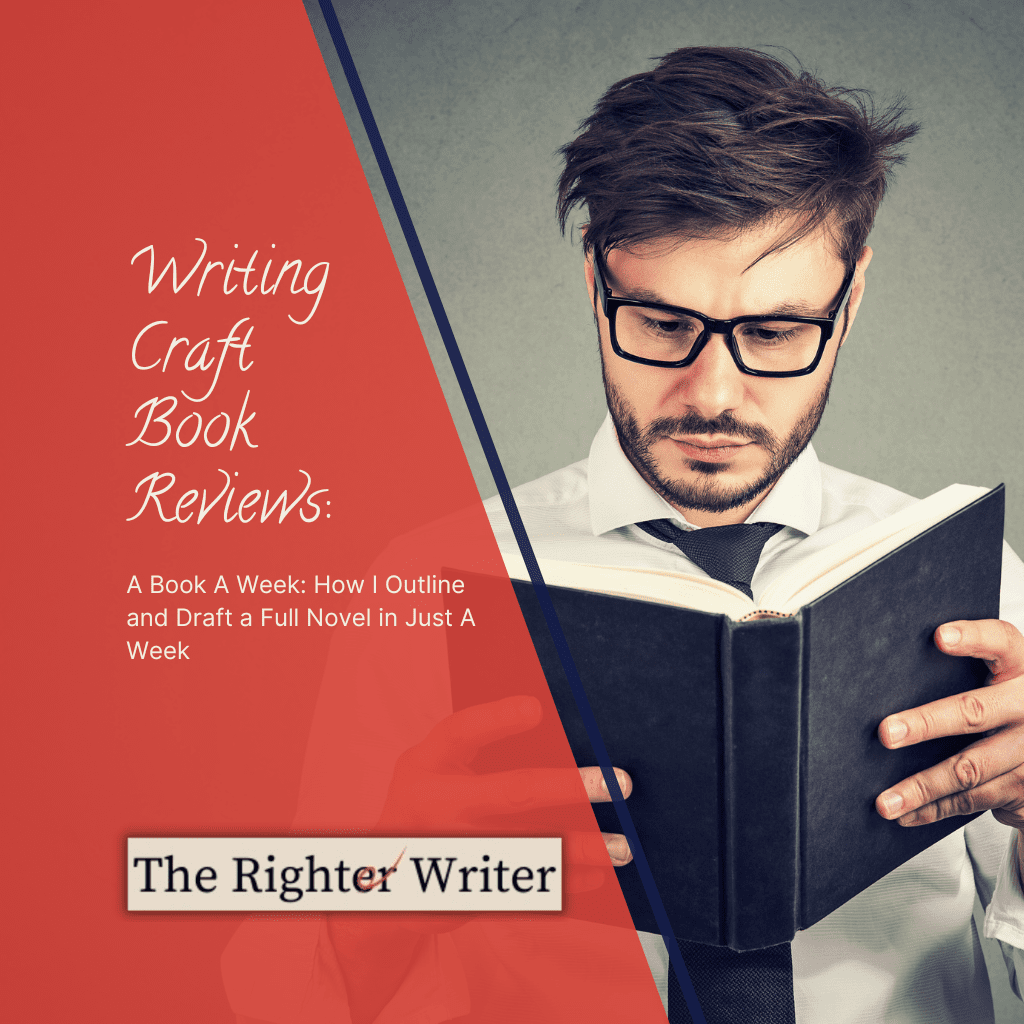
National Novel Writing Month is coming up in November, so this is “Preptober,” when authors plan out the novels that they are going to start next month.
A lot of authors create outlines before NaNoWriMo starts, so they can devote the entire month to writing and are more likely to succeed. There are a lot of books out there on how to outline a novel or story; it seems like every writer has their own way of doing things.
Books are expensive, though, and I can’t afford to buy every book about how to outline when most of them will not be what I’m looking for. Instead, I’ve been focusing on reading craft books that are available on Kindle Unlimited.
Do you read more than one paperback or two ebooks per month?
If you do, check out Kindle Unlimited.
I am a huge fan, because I read several novels and a couple of nonfiction books per week.
With KU, you can check out as many ebooks as you want for a monthly fee. It’s like a library with over a million books in it, both ebooks and some audiobooks, and it’s all yours. Well, ten books at a time are yours. Then, like in a library, return a book before you can check out another one.
On my Kindle reader, I can browse through the Kindle store and pick out paranormal romances, murder mysteries, science fiction action stories, or epic fantasy adventures—basically any genre I’m in the mood for. There are even graphic novels!
I like to look for books on Amazon on my computer; there’s a button that lets me sort by only KU books. My favorite feature, though, is the next-in-series feature. When I finish a book, the next book in the series pops up and I can download it to my device with one click!
If you don’t have Kindle Unlimited yet, this link will get you a free trial. I warn you though, it’s addictive!
A Book A Week: How I Outline and Draft a Full Novel in Just A Week is the first book in the Self-Publishing Success series by Kate Hall.
On her Amazon author page, Hall also has a series of seven plot journals for different genres, but she must publish under a pen name because I couldn’t find the paranormal romance novels that she mentions in the book.
This book is a short, simple overview of how the author outlines, writes, and publishes her books.
It’s less than 100 pages, and there are so many images that it takes even less time to read than you’d expect.
The other books in the Self-Publishing Success series look equally quick, and they’re also free on Kindle Unlimited, so I will probably check them out at some point.
A Book A Week started out well. I appreciated that Hall started her book by explaining why it’s worth it to fast draft your books and release them quickly.
I learn better when I know why what I’m studying is important. Once she explained why she outlines, she started describing how she does it.
Her outlining process is based on the traditional three-act structure, which she learned in a film class in college. The three-act structure starts with a first act (about 25% of the story) that starts the story and gives some background, a second act (about 50%) that builds tension and moves the plot forward, and the final act (the last 25%) that brings the story to its climax and ties everything together at the end.
She likes the structure because “it’s a balanced approach to writing a good plot.”
She doesn’t outline with just three acts, though. She breaks the acts into these 16 beats:
First, she gives a description of each of these beats, then Hall uses the movie Fury Road as an example of how they would work in a story.
The book then has an example of the character sheet that the author uses and an explanation of how character and plot work together in her novels. One of her suggestions is: “If you’re feeling stuck whilst writing, it may be that your character needs more motivation.”
(Hall gets extra points from me for using “whilst” so smoothly!)
The author also mentions location outlines here, but there aren’t any examples.
When Hall outlines, she goes through the beats out of order.
She starts with the midpoint, then the Act 2 and Act 3 climaxes. According to Hall, this order helps her come up with what’s at stake in the story.
Then, the author goes back and fills in parts of the first two acts. She plots the beginning right in the middle of her process because, as she says, “I’m getting tired of my outline, but I need to finish it.” Then she plots from the Act 3 climax through the end of the book.
Hall says that the last thing she plots are the early obstacles because she hates “writing the middle of the book where there’s the least action.”
A Book A Week has a brief description of writing sprints, which Hall uses to write the actual manuscript. Then there are notes about mistakes that might cause writer’s block and a chapter on editing. The last bit of the book is a bunch of screenshots of how to format a novel for publishing on Kindle.
I would recommend this book to someone who wants a (very brief) overview of one person’s writing process.
Most of what’s in A Book A Week is very subjective, but since it works for Hall, it might work for you, too.
The book isn’t very satisfying, though—I didn’t feel a sense of accomplishment when I finished.
It tries to cover too many topics, so I didn’t feel like it covered any of them in enough depth.
The descriptions of the beats were clear and easy to follow, but the actual writing process, editing, and formatting were barely touched on at all.
I wish the author had skipped those and devoted the space to more information about the character and location outlines.
Kate Hall says in the introduction that she wrote the book in less than a week.
I believe it.
It took me very little time to read, and it was free for me because I have Kindle Unlimited; those are the only reasons I gave it four out of five stars.
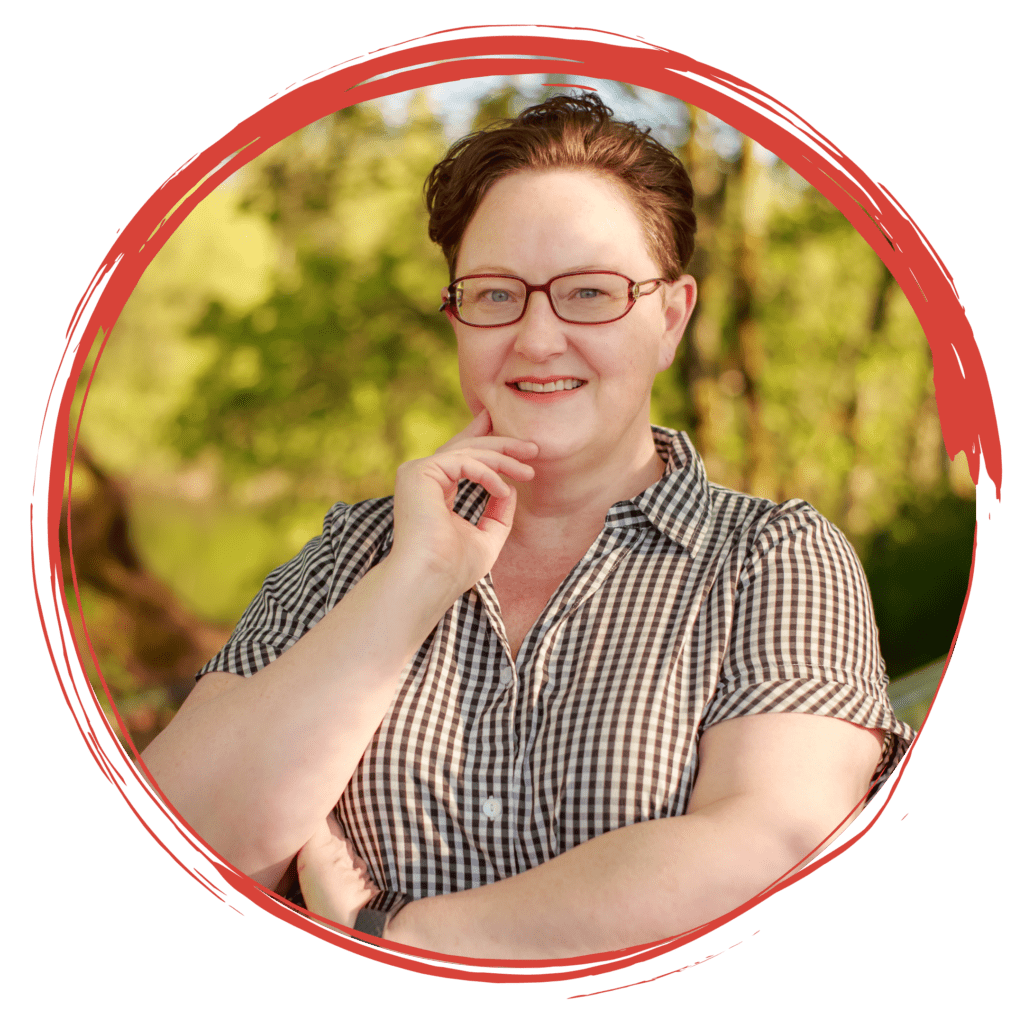
I help authors, researchers, business people, students, and web marketers to polish their writing before they send it out into the world.

Fourth and last (for now!) in our series of book reviews featuring Kindle Unlimited books that explain ways to outline a novel. Let’s get ready for NaNoWriMo!
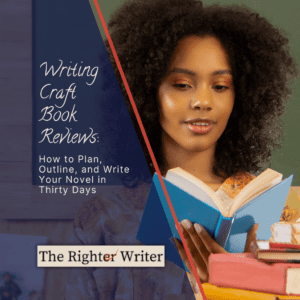
Third in our series of book reviews featuring Kindle Unlimited books that explain ways to outline a novel. Let’s get ready for NaNoWriMo!
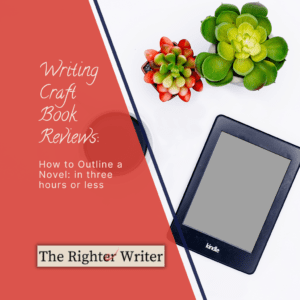
Second in our series of book reviews featuring Kindle Unlimited books that explain ways to outline a novel. Let’s get ready for NaNoWriMo!
